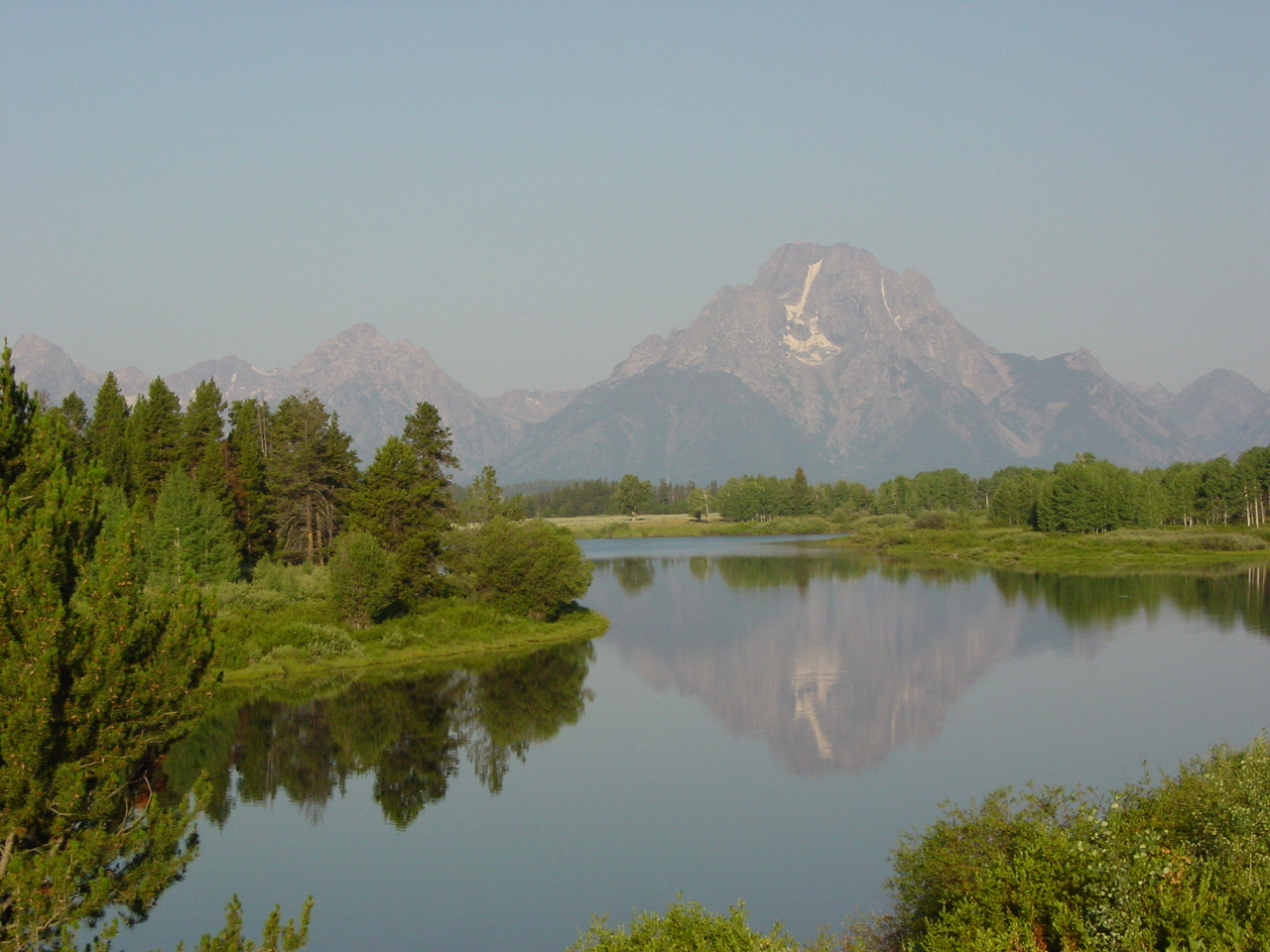By Phil Roberts
In the middle 1950s, with the advent of radioactivity and the government’s efforts to apply atomic power to peaceful purposes, several enterprising Wyomingites started their own businesses based on the principles of safe radioactivity. One company advertised “radioactive ore bags” while another sold radioactive pillows. Still another marketed samples of low-grade uranium attached to a certificate swearing to its authenticity.
At about the same time, federal health officials were becoming more familiar with the dangers of high levels of radioactivity on humans and animals. Yet, other federal agencies continued to authorize and sanction underground atomic tests, many in the deserts of Nevada. Winds carried clouds of the fallout far from the test sites including across many parts of Wyoming from October 1951 to the summer of 1962. In recent years, some scientists and writers have accused the government officials of delaying underground tests until such times as high-altitude winds were blowing away from the more populous areas in the Southwest and the Pacific Coast.
To the “downwinders” in parts of southern Utah and eastern Washington, the fallout from these nuclear tests brought higher cancer rates and greater health problems for area residents. Federal health officials from the U. S. Department of Health, Education and Welfare investigated the wide variety of non-medical, unscientifically documented consumer health products being advertised as deriving their medical properties from doses of radioactivity.
Nonetheless, in some parts of America, radioactivity was still viewed as entirely harmless – indeed, even as beneficial in day-to-day uses. Shoe stores throughout the country (and in Wyoming as well) often featured “x-ray” devices that would utilize radioactivity to determine the fit of a pair of shoes on a customer’s foot.
Owners of uranium mines promoted the benefits of prolonged exposure for cures of diseases ranging from aching joints to sinus trouble. Sometimes exposure was more incidental. For instance, when tourists quietly removed pieces of petrified logs from the “petrified forest sites” in central Wyoming, most probably did not realize that the petrified wood often contained very high levels of radioactive materials. It is difficult to know what health problems may have developed for those stealing the logs from public lands (and denuding whole areas of the natural wonder) and keeping those “rocks” in their homes as parts of living room fireplaces or backyard decorations.
“I have prepared a uranium radioactive ore bag, using the uranium oxide ground up so that you may sleep with it in your bed,” read the advertising for the Cody Uranium Bag Company. The owner guaranteed buyers that “there [is] no wearing out of the strength of the rays given off from one. (Lasts Forever).” While treatable ailments were not specified, the advertisement implied great health benefits would come from using the product.
The advertisement further assured potential customers that the bag “does not interfere with your sleeping comfort.” It even could be left “in your bed during the daytime,” the advertising circular pointed out. “It has never been known to cause any distress or harm to persons, many thousands of miners working in uranium mines getting ore out have never derived any harm from the rays of this ore,” the ad copy asserted. Cost was $10 per bag. “Try this bag on a Geiger counter and see the counter work,” the ad concluded.
Even though little was publicly known of the dangers of radioactivity and its carcinogenic qualities, federal officials seemed sufficiently concerned that the U. S. Department of Health, Education and Welfare sent investigators.
An agency report revealed that “radioactive pillows” were being sold from a shoe store in Powell. In the case of the Powell shoe store, the reports came back that the shoe store was selling the radioactive pillows, but they came without any “printed or written information.”
Reports from federal health field investigators reveal that laboratory tests were made on a number of these products. Some readings seemed quite high while others, like the Powell pillow “has little radio activity, probably of the lowest commercial grade of ore.”
For the Cody-based uranium ore bag company, health officials seemed more concerned. The agency launched investigations trying to locate shipments made by truck or rail express from the firm’s Cody headquarters. After checking with various local shippers, apparently the agency concluded that few of the items actually had been sold in interstate commerce. In the case of railway express, the investigator noted, “the last shipment was handled about four months ago.”
Did health officials simply allow the marketplace to act or were further actions taken? Nothing is revealed from the records held in the vertical file materials in the Wyoming State Archives about what might have happened to the various “radioactive” products being marketed in the Big Horn Basin area in the middle 1950s. Presumably, few of the pillows and bags were sold. Nonetheless, the fleeting episode provides an interesting window on how Americans felt about radioactivity in the 1950s at the dawn of the atomic age and in the depths of the Cold War.
